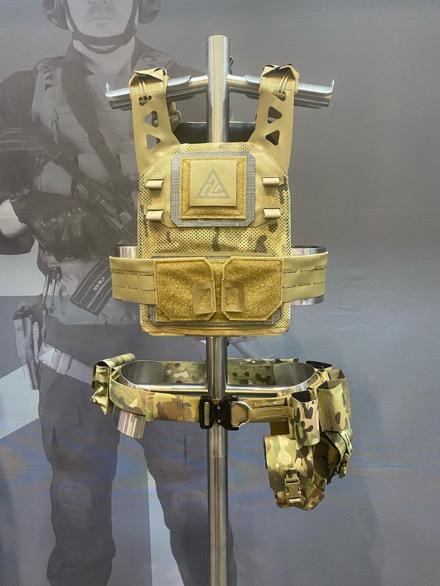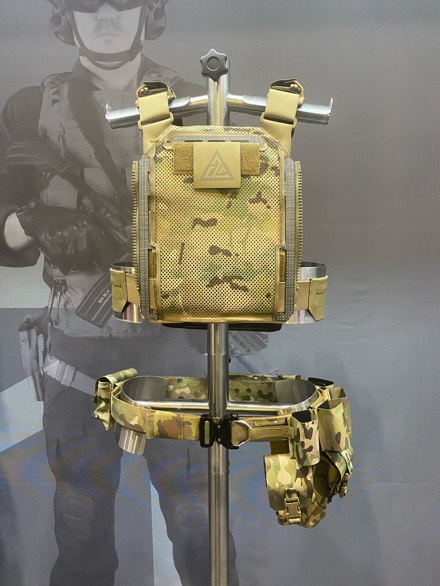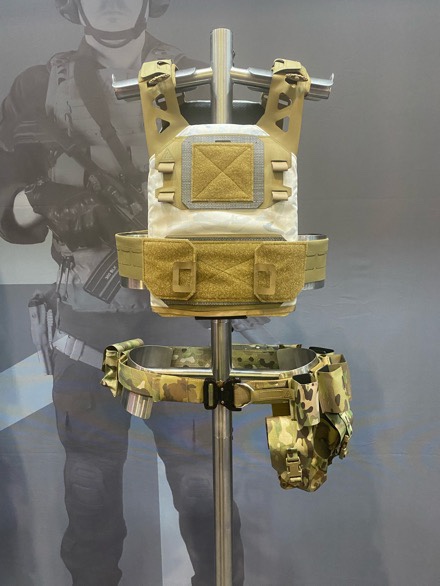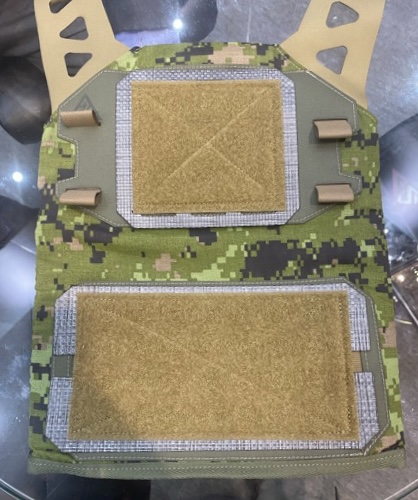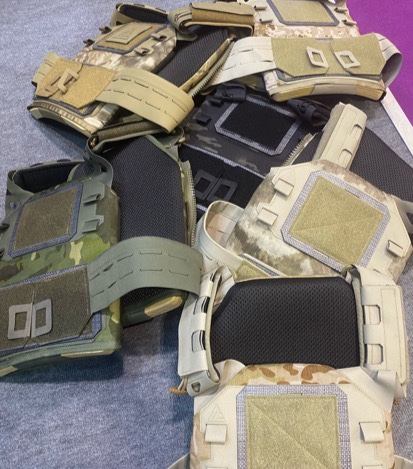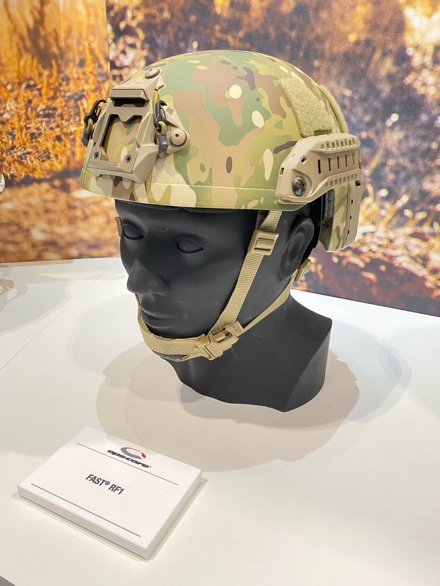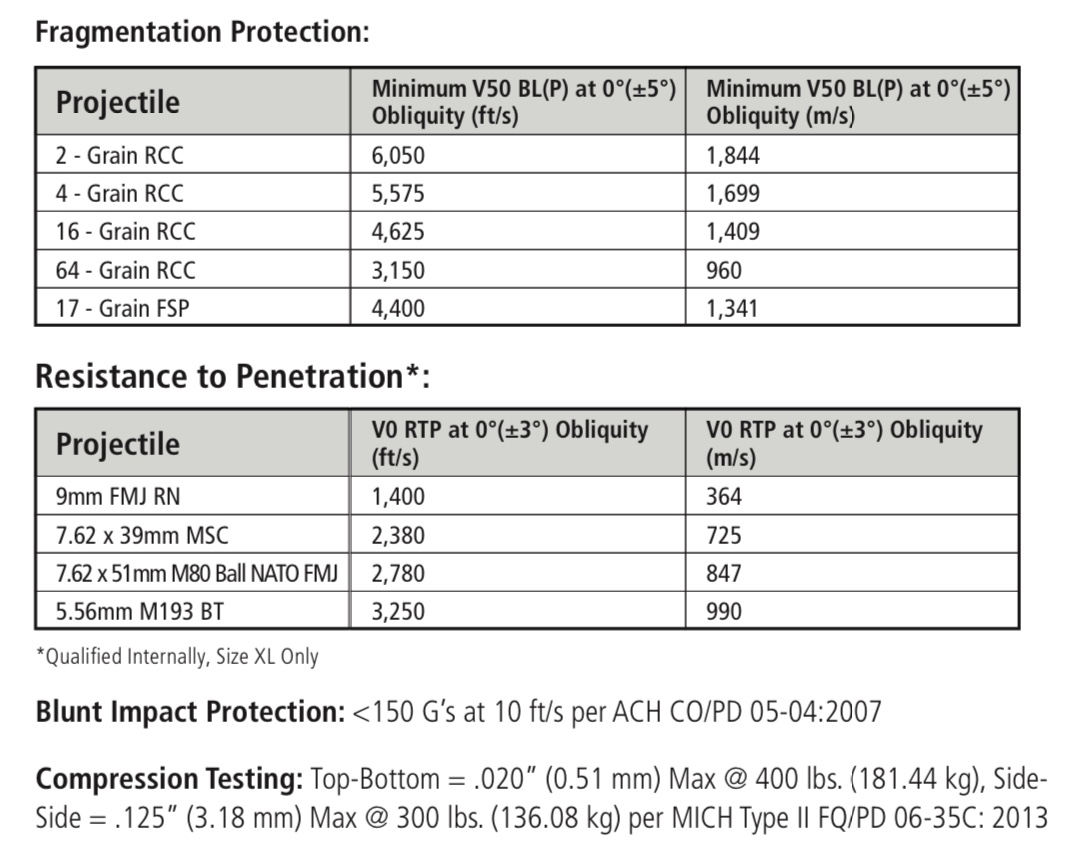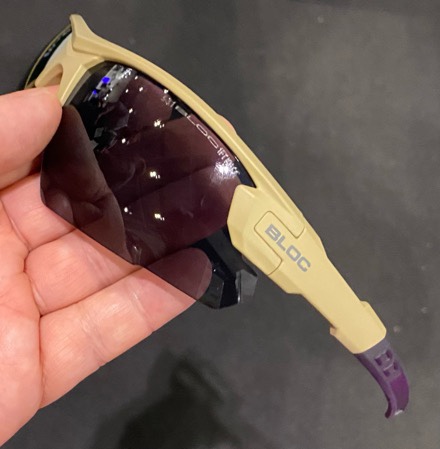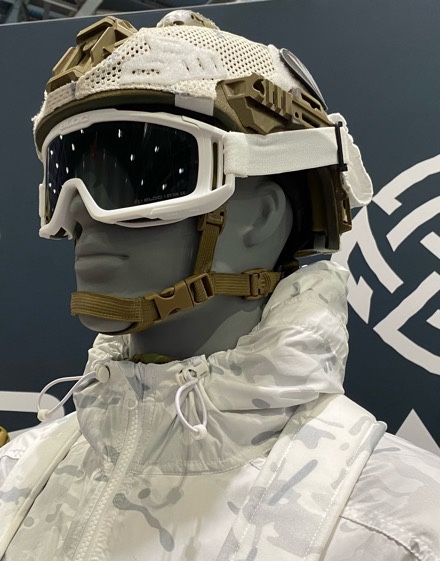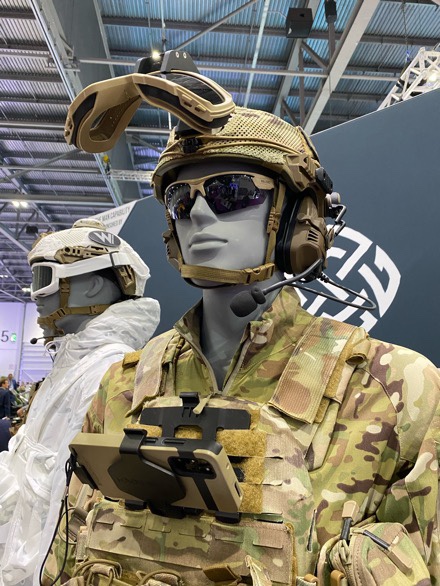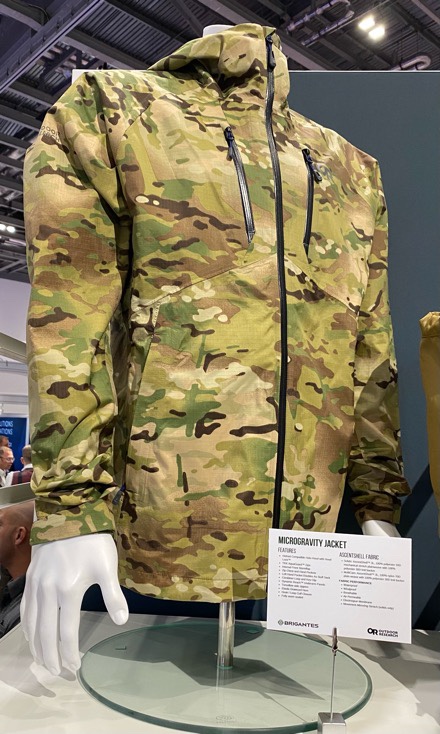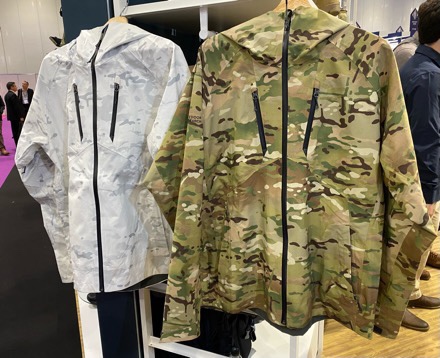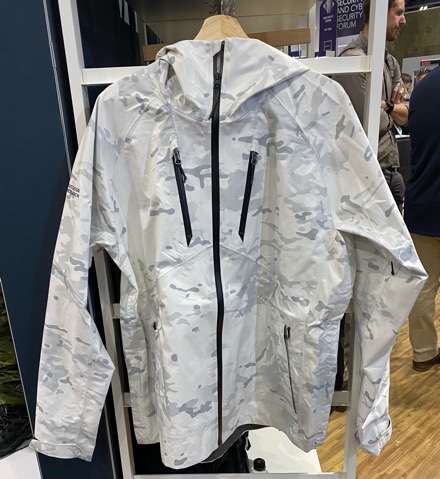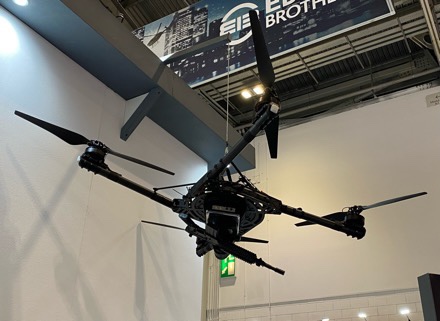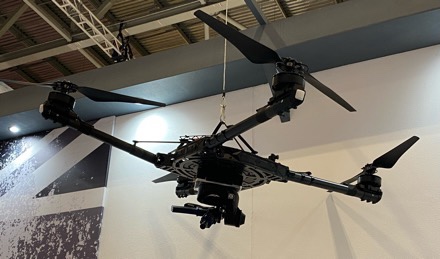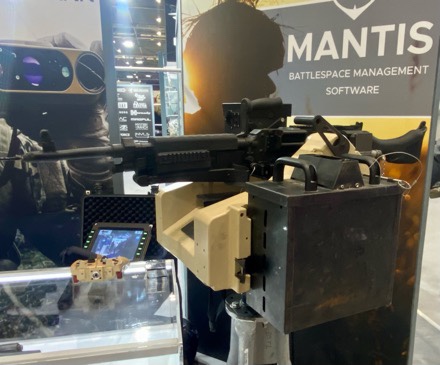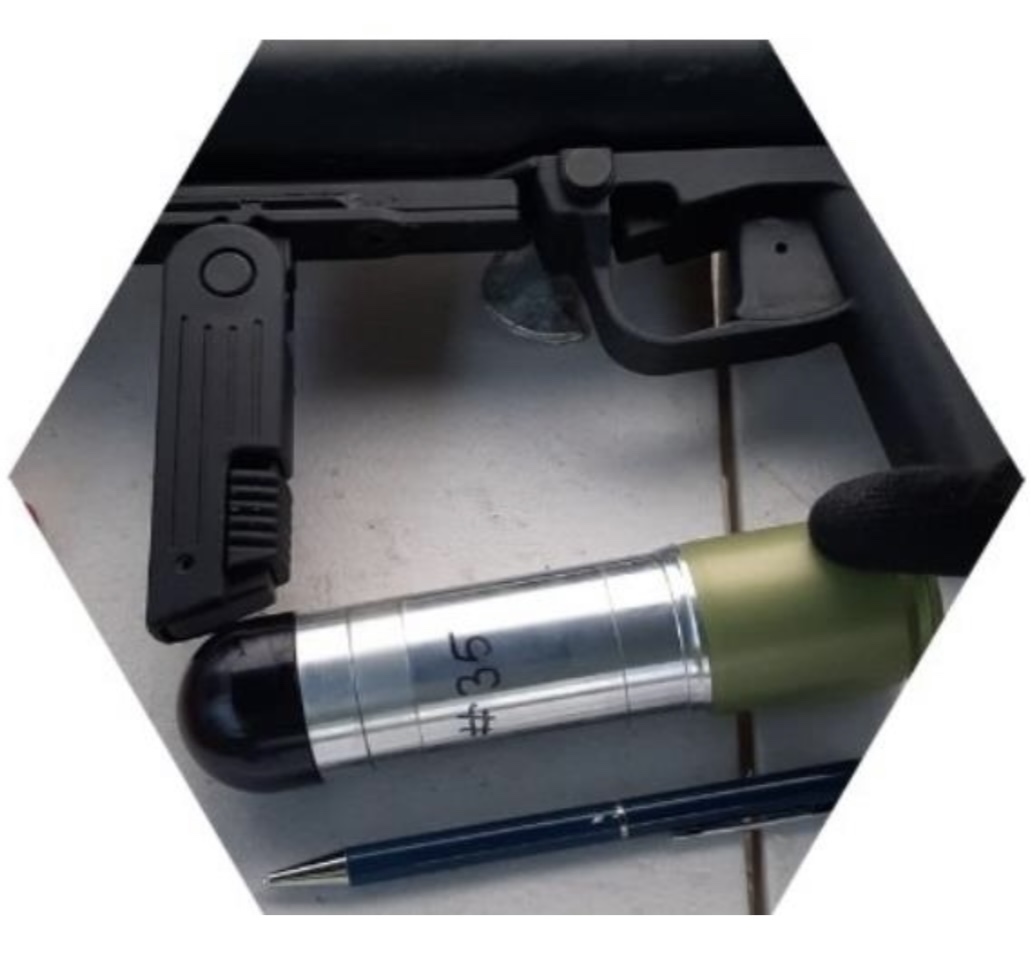Available in 10 rounds, the MFT Extreme Duty Polymer Magazine utilizes new material technology and manufacturing processes for enhanced strength, durability, and reliability.

Horsham, Pa. (September 2021) – Mission First Tactical, LLC (MFT™), a leader in USA-made rifle/carbine accessories, is proud to introduce the MFT Extreme Duty Polymer Mag 7.62 X 51 NATO, available in a 10 round option. Designed for the AR10A/SR25/M1110 pattern rifles, the MFT Extreme Duty Polymer Mag has been optimized for use with SAAMI-spec 7.62×51 and .308 Winchester ammunition.
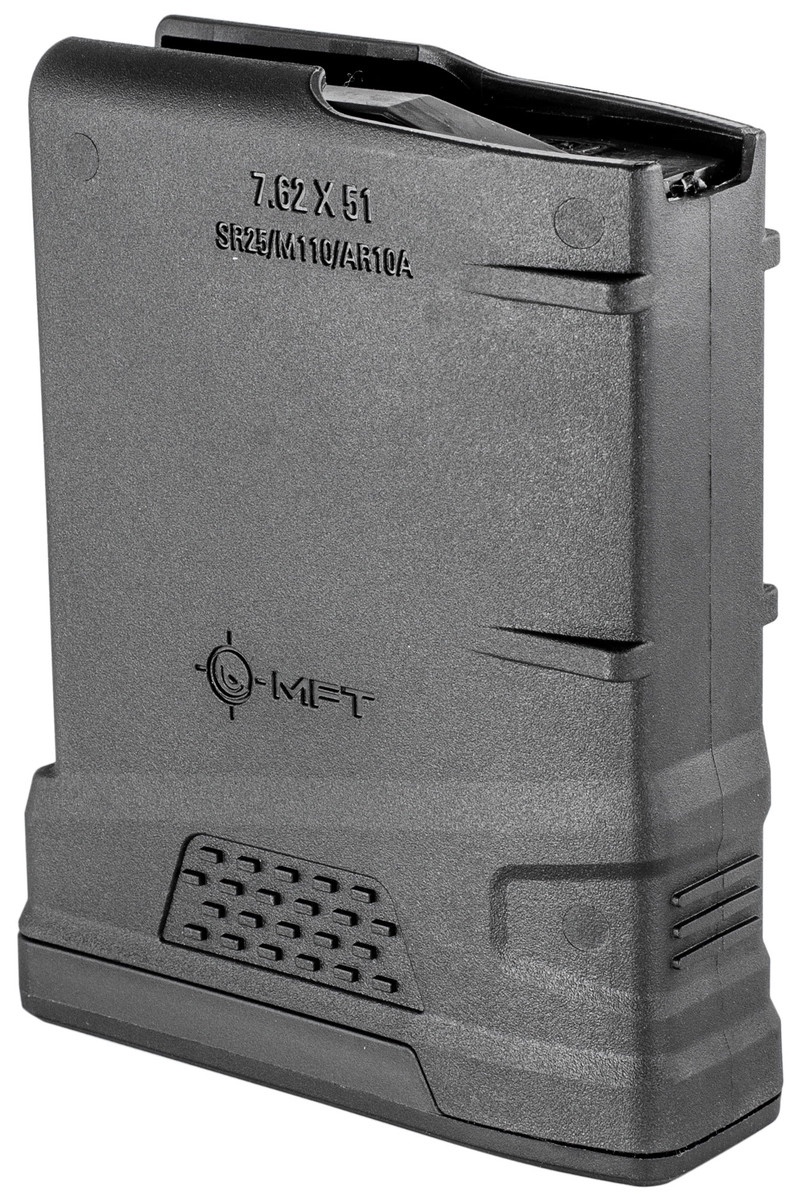
Manufactured using the newest material technology and processes, the Extreme Duty Polymer Magazines with their next-generation, long glass-fiber polymer construction offers perfection in structural performance: strength, durability, and reliability to exceed demanding military performance specs. A long-life USGI-Spec stainless steel spring is corrosion resistant. The four-way, anti-tilt, self-lubricating follower keeps the rounds aligned and makes mag feeding consistent and reliable, while virtually eliminating jams.
The front and rear of the gripping surface is ribbed for a positive grip, even with gloves. An oversized bolt-catch provides enhanced reliability of the bolt catch operation. The flared floor plate allows for an easier grip in handling and extraction and one-hand reloads. Wrapping up the multiple benefits to the Extreme Duty Polymer Mag 7.62 X 51 NATO is a paint dox matrix to allow for easy marking and identification of magazines and the tool-less disassembly with the double floor plate safety release tabs. Available in Black and Scorched Dark Earth with an MSRP of $22.99.
Mission First Tactical is proud to dedicate the new 7.62x51mm magazines to the memory of Frank DeSomma from Patriot Ordnance Factory. It was a privilege to work with him through the development process. He will be missed greatly!
Mission First Tactical products come with a Lifetime Warranty. For more information on Mission First Tactical, www.missionfirsttactical.com.


